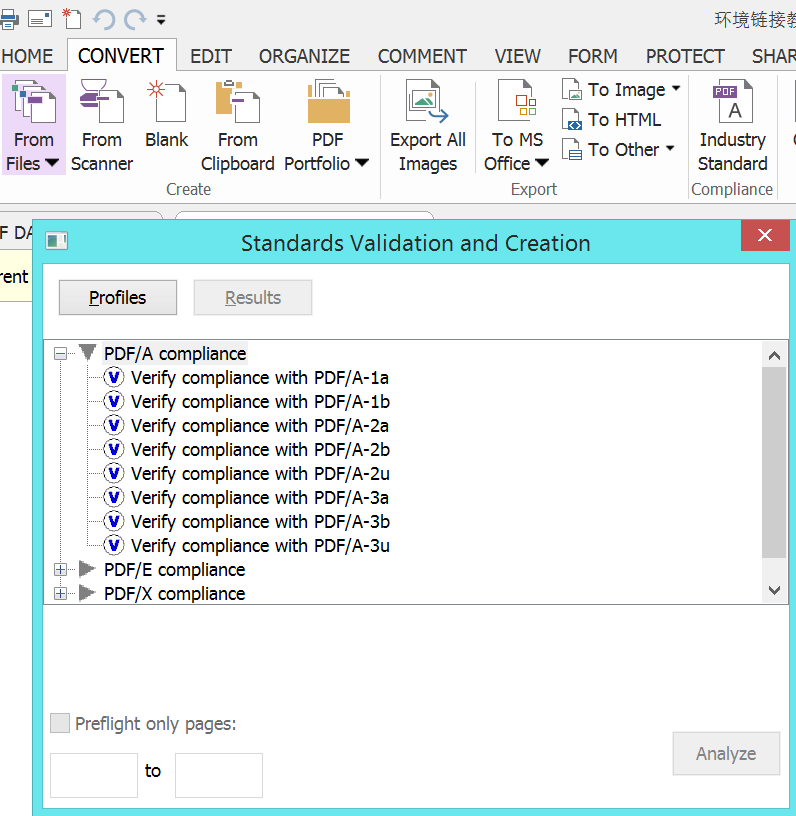- June 19, 2018
- Carsten Heiermann, CEO of Foxit Europe
PDF is available in various iterations that include PDF/A, PDF/UA, PDF/X, PDF/E, and PDF/VT, all of which fall under ISO standards. Each type serves a different function to fulfill various industry-specific needs. The various formats, though, are not mutually exclusive. Some intersections exist among them. Here are some examples.
PDF/A – PDF/UA
PDF/A is the universal standard for PDF archiving. This ensures users can access PDF documents in their original layout many years down the road. To meet PDF/A standards, files have to be self-contained and cannot have insecure or active content. Level A, which is the conformance level of PDF/A, also meets these characteristics for accessibility:
- Unicode
- Language details
- Tagged PDF
- Structure tree (hierarchy)
Essentially, this means PDF/A Level A files can concurrently meet PDF/UA requirements for across-the-board access to PDF files.
PDF/X – PDF/A
Some people call PDF/A the format for “electronic paper.” You could also say that about a subset of PDF/X. PDF/X is the ISO standard for printing. This version can also meet PDF/A requirements. This is in part because both versions do not allow video, audio, or any embedded material that can affect the printout. Mandatory content under PDF/X, such as page size and trimming data, is acceptable under PDF/A.
PDF – PDF/X, PDF/A, PDF/VT or PDF/E
Of course, PDF can conform to other PDF standards, such as PDF/X, PDF/A, or PDF/E. If you open a PDF that conforms to one of these standards, you can view the standards information with PhantomPDF. To do so, choose Convert > Industry Standard > Verify compliance > Analyze.
Conclusion
It’s a good thing that PDF ISO standards are not mutually exclusive. This eliminates the need for multiple and redundant versions of the same PDF files.

